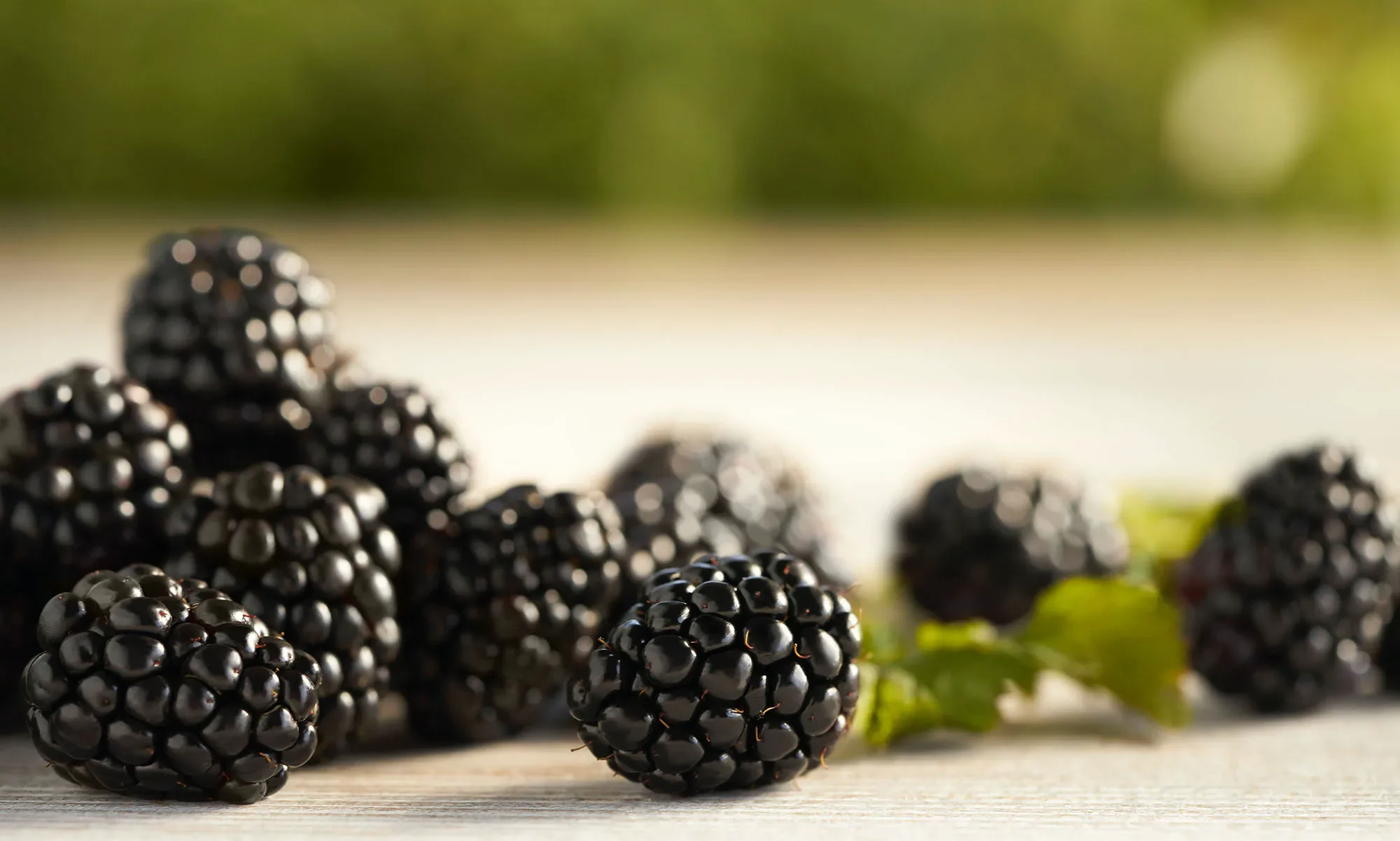My sweetie and I were talking about core kitchen tools the other evening (yes, we do that sort of thing). Anyway, we were talking about early French cooking and our own early college-days kitchens, whittling down the list to an absolutely necessary, bare bones list. If you could see our kitchen, you’d know how hilarious this concept is…it’s a walking advertisement for Williams-Sonoma! This list turned out to be not entirely bare bones…but it’s close. But without further ado, The List, in all its glory.
- Cutting: 8″ Chef’s Knife, paring knife, sharpening tool, box grater, cutting board
- Brewing: 1-cup coffee dripper & unbleached paper filters, tea ball
- Mixing: wooden spoon, balloon whisk
- Serving: pancake flipper, ladle
- Holding: set of nesting metal bowls
- Measuring: measuring spoons & glass measuring cup
- Openers: hand can opener, wine opener
- Grinding/Pounding: mortar and pestle, potato masher
- Straining: large fine-mesh sieve
- Cooking: cast iron frying pan, 3-quart pan with lid, Dutch oven, stock pot
- Baking: pie, bread, muffin, cake (round), sheet, and baking pans
- Optional: storage container set, rolling pin, vegetable peeler
The reasoning behind all this—
- Two good knives, well-sharpened, are all one needs. Although I love a knife for every conceivable use, I can do anything I need with just chef’s and paring knives. Yes, boning, cutting bread, and cutting a pumpkin in half is harder. But it’s doable. Good knives can take the the place of chopping foods finely in a food processor…it just takes longer. Regarding the grater: one can thinly shave cheese with a paring knife, but it’s a slow process. Also, you can use your chef’s knife to finely-mince cheese for a “grated” product.
- Coffee can be beautifully perked with just a pan of water, coffee dripper, and brown filters. Simple and easy. Use very hot, filtered water and good beans. You can skip the tea ball if you buy tea bags (sacrilege!).
- A big wooden spoon for stirring and blending is a kitchen basic, and the whisk will add volume to cream and egg whites just as well as any machine, plus, you’ll get a strong right arm.
- Flipper and ladle? One can learn to flip foods with a deft flick of the wrist, and one could use a tea cup to ladle…
- Okay, one big bowl would probably do it on a bare bones list. Heck, you could mix everything in that 3-quart pan.
- My grandmother used to eyeball small measurements by pouring seasonings into her hand. Measuring cups? Bah! She used a teacup and eyeballed it again.
- There’s really no other way to open cans or wine. Sure, there are those little folding army/camping can openers (horrible), and you could just push the cork into a bottle of wine (sacrilege!), but if you use cans or wine, buy these.
- With a mortar and pestle, you’ll be able to crush herbs and spices, make guacamole, pesto, mayonnaise, nut butters, condiments, and mousseline (with the help of that sieve).
- The sieve works as a sifter, strainer, chinois, and colander (over a bowl or pot).
- Frying pan: for sautés, stir-fries. 3-quart pan: for boiling, sauces, vegetables, soups. Dutch oven: for boiling, baking, stews, chilis, frying, roasting, braises. Stock pot: stocks and broths, larger soups and stews, cooking clams, crabs, lobsters.
- Pie pan: pies, quiches. Bread pan: breads, meat loaves. Muffin pan: muffins, individual quiches. Round cake pan: cakes, cheesecakes (line with parchment paper). Sheet pan: cookies, roasting veggies. Baking pan: lasagna, casseroles, cookie bars.
- Storage containers are handy, but you can also use well-washed screw-top food jars (Old mayonnaise and nut butter jars work. You could also ask a restaurant for their big jars.).Where’s the rolling pin on this list? I used a wine bottle for years. Works fine, but if you want something fancier, but one! One can peel veggies just fine with a paring knife. Peelers are faster, and have the added advantage of making rough, short zoodles (zucchini noodles.

